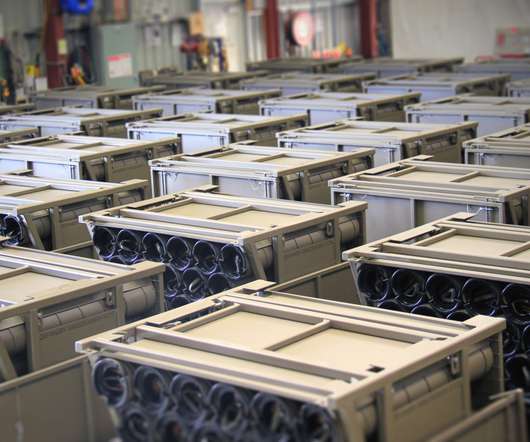How much stuff is enough?
Logistics in War
APRIL 9, 2020
Those who were intimately involved in the redeployment of Australian combat elements from Afghanistan in 2013 will have no troubles in citing examples of huge stockpiles of stuff that were created through over ordering, poor stock management, risk adverse planning and a failure to recognise changing security conditions.






















Let's personalize your content